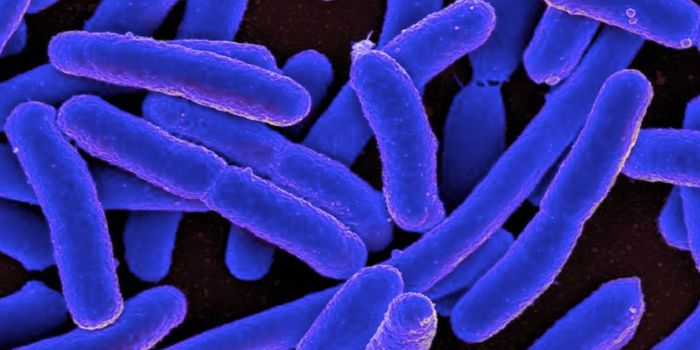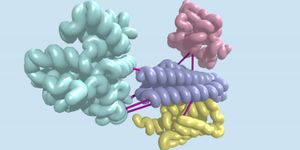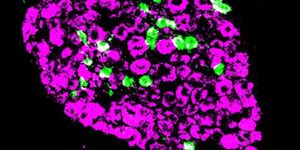Artificial Mother-of-pearl, Made by Bacteria
Mother Nature has produced some very durable, tough substances, and some of the best synthetic materials are based on natural products. Mother-of-pearl, also known as nacre, is one of these strong substances that researchers are attempting to generate in the lab. Nacre coats pearls, and is made by some mollusks as part of their inner shell. Scientists at the University of Rochester have now developed a method for producing synthetic nacre in the lab that is cheaper and easier on the environment than current methods, by using bacteria. This artificial nacre is as tough as the natural stuff but is also bendable.
Nacre has a layered structure that disperses energy evenly across it, giving it unique mechanical properties. Reporting in the journal Small, Associate Professor of Biology Anne S. Meyer and colleagues showed that nacre made by bacteria has a structure that is similar to what’s made by mollusks.
This technique is unlike others that need expensive equipment, toxic chemicals, and high pressures, noted Meyer. "Many people creating artificial nacre use polymer layers that are only soluble in nonaqueous solutions, an organic solvent, and then they have this giant bucket of waste at the end of the procedure that has to be disposed of."
In this work, the researchers made the synthetic nacre from alternating layers of polymer and calcium carbonate by first placing a slide into a beaker of Sporosarcina pasteurii bacteria along with urea and a calcium source. Calcium carbonate then began to crystallize onto the slide, which was then put into a batch of Bacillus licheniformis bacteria to add the polymer layer. The synthetic nacre grew to a height of about five-millimeters in about one day at current rates. "We're trying new techniques to make thicker, nacre-like materials faster and that could be the entire material itself," Meyer said.
This synthetic nacre might be especially useful for medical purposes like implants or artificial bones because it will be compatible with the human body.
"If you break your arm, for example, you might put in a metal pin that has to be removed with a second surgery after your bone heals," noted Meyer. "A pin made out of our material would be stiff and tough, but you wouldn't have to remove it."
There are also potential industrial applications in transportation and civil engineering because the material is so lightweight and durable. It might even be used to build structures on other planets or the moon one day.
"The moon has a large amount of calcium in the moon dust, so the calcium's already there. The astronaut brings the bacteria, and the astronaut makes the urea, which is the only other thing you need to start making calcium carbonate layers," said Meyer.
Source: University of Rochester, Small









